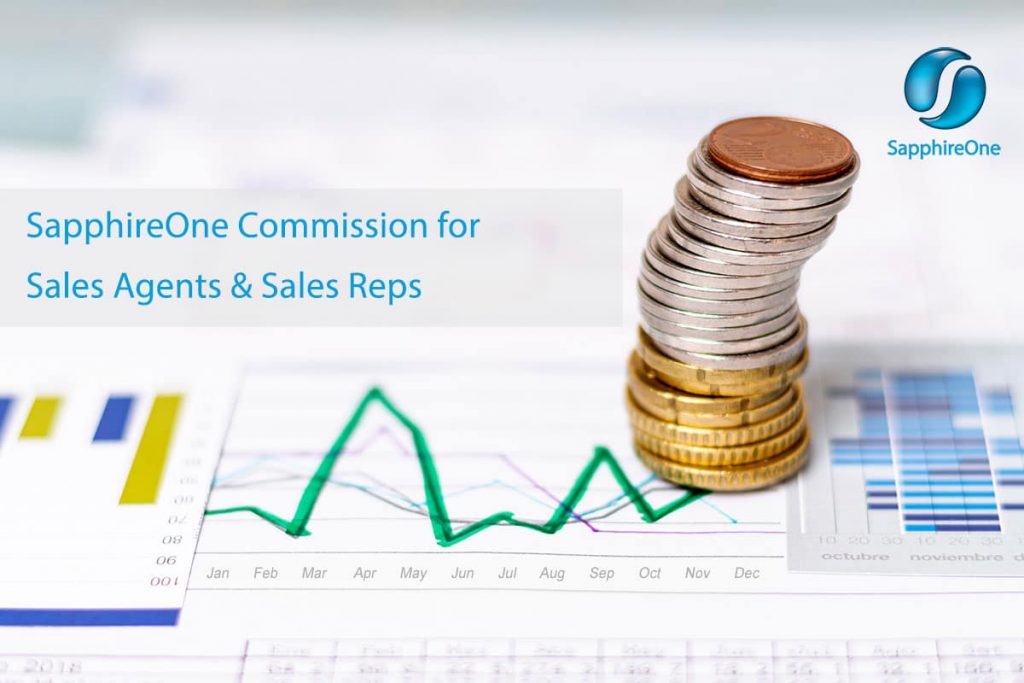How a Commission Program works?
February 11, 2020 8:01 am | by John Adams

Commission is what you pay to employees or agents /IRS when they make a sale or accomplish some other goal. Commissions can be a percentage of a sale, or they can be a flat amount based on the sales volume. These types of payments are based on results. Sales positions, like a car salesman or real estate agent, commonly earn commissions.
Let’s say your employee is a salesman. The employee sells a $1,000 computer and receives a 6% commission on the sale. That means the employee earns $60 in commission income for selling the computer.
According to the ATO if the commission, bonus or similar payment relates to work your employee performed in a single pay period (for example, a week, a fortnight or a month) the amount is added to all their other earnings for the current period. Withholding is then calculated using the standard PAYG withholding tax tables.
The IRS classifies commission as a type of supplemental pay. Supplemental wages are payments made to an employee that aren’t regular wages. Other types of supplemental wages include bonus payments, overtime pay, accrued personal time off, and back pay.
You provide commission payments either as an employee’s sole wages or in addition to regular wages.
Quick and simple steps to set up commissions with SapphireOne
We have programmed commission into SapphireOne ERP and Sapphire Web Pack so you can experience fast and seamless integration.
Getting started:
- Login into SapphireOne
- In SapphireOne go to Payroll/HR Mode
- Select Administration in the top toolbar
- In the page drop down menu choose Salary
- In the Commission section, hit the plus icon to add commission
- Enter in the Rep ID then Margin you want to set up, and then Commission
- SapphireOne will process the commission for your employee
- To View the Commission, Go to Inventory Mode
- In the top menu bar select, sales menu and then Sales People from the options
- Then Select sales Rep ID for which you have set up the commission
- From the page dropdown select Sales Option underneath
- On the top Tool bar , Hit the print icon and select date
- Underneath in the dropdown, select Open in Preview
SapphireOne will process the Commission for you, and you can view the Sales Commission Report.
How Do Employers Pay Employees in Sales?
Employees with a job in sales make a base salary and often a sales commission for meeting or exceeding particular sales targets. A sales commission is an additional compensation the employee receives for meeting and exceeding the minimum sales threshold.
Employers pay employees a sales commission to incentivise the employees to produce more sales and to reward and recognise people who perform most productively. The sales commission has proven to be an effective way to compensate salespeople and to promote more sales of the product or the service. This is why the use of a sales commission is widespread in some organisations.
SapphireOne will allow you to manage commissions, also you can set up custom fields, calculate formulas and configure dashboards and show reports.
You can track your sales by employee, sales rep, etc. under Inventory module. For more information regarding improvements and features within the latest release of SapphireOne ERP Business Accounting Application please contact our office on +61 (02) 8362 4500, request a demo or SapphireOne on email sales @sapphireone.com.
Maximise your ERP and CRM Integration
July 26, 2019 3:08 pm | by John Adams

ERP and CRM integration allows departments and systems to talk with each other to increase profitability and sales. A Customer Relationship Management (CRM) system provides transparency, better qualified leads and manages valuable customer interactions. It also stores valuable information from your marketing department. Marketing develops new customer relationships through content, digital marketing and management, sourcing and nurturing leads etc. This helps with brand awareness and increasing your market share.
On the other side, your ERP system manages the back-end processes from accounts, operation and human resources departments. These include order placement, tracking, billing, shipping, accounting and supply chain details. So why integrate these systems and departments together?
Benefits to your bottom line of an ERP and CRM integration
1. Reduction in data entry and improved efficiency.
One centralised location for your data ensures any updating of information from accounts, operations, sales or marketing is only entered once. This saves you time and money as these mundane tasks are often labour-intensive. Combining your CRM and ERP automates and manages processes through workflows, which enhances your efficiency by simplifying them.
2. Stronger Visibility, Forecasting and Accuracy.
Your sales reps need to be able to access on-the-go, real-time data. Errors are reduced when they can enter a quote or order in the one system. The ERP system allows the sales rep to look into current inventory and costings for these quotes. The CRM stores promotional and marketing activities which can be accessed whilst on the road to obtain true, accurate quotes. Customer interactions and sales documentation can be produced quickly increasing visibility and efficiency. By integrating both, staff gain access to the whole picture to assist with sales and forecasting.
3. Complete 360-degree view on your customers.
A complete view of your customers provides better insights for building lasting relationships and determining where there is potential for future growth. Fast and consistent up-to-date data enables better analytics and reporting. This helps to effectively market and track changes in your customers preferences, profitability, and loyalty.
4. Cross-Departmental Collaboration.
Departments have different functions within the business and can sometimes discourage collaboration and sharing of information. This ends up making data accessibility a challenge and duplication a problem. When departments talk to each staff are able to access real-time data, view all relevant key facts, so they can work towards achieving the company’s goals.
How They All Work Together
Both ERP and CRM systems improve efficiencies in business processes which in turn strengthens your business. A CRM system coupled with marketing drives sales; an ERP system manages customer information once the order has been placed to reduce overall costs.
With one source of truth, management has an overview in real-time of the business, what is happening in every department. This is extremely important for growing companies and companies who want to scale. A single source of all data and transactions contains contact details, shipments, credit history for quotes, orders and any other customer service interactions. This ensures anyone from sales, marketing, accounts or operations can access a complete history of the customer when required. Business workflows will be enhanced which ultimately improves revenue generation, reduces costs, and provides management with more insightful and useful reports.
Click for more information on ERP and CRM systems and the latest release of SapphireOne ERP, CRM, DMS and Business Accounting Software Application. Alternatively, contact our office on (02) 8362 4500 or request a demo.
